The Ultimate Guide to Mastering Pull Ups: Building Strength and Sculpting Your Upper Body
Description: Looking to master pull-ups. This comprehensive guide provides step-by-step instructions, tips, and exercises. To help you build strength and sculpt your upper body. Get ready to conquer pull-ups and achieve your fitness goals.
Introduction: The Power of Pull Ups
Are you ready to take your upper body strength to new heights. Pull-ups are an excellent exercise that targets multiple muscle groups. Including the back, shoulders, arms, and core. Not only do they build strength, but they also help sculpt a well-defined upper body.
In this ultimate guide, we will delve into the world of exercise, exploring various techniques, exercises. And strategies to help you master this challenging yet rewarding exercise. Whether you’re a beginner or looking to improve your pull-up game, this guide has got you covered.
So, tighten your grip, brace yourself, and let’s dive into the world of exercise.
Table of Contents
The Importance of this workout in Your Fitness Journey.
Benefits of Pull-Ups: Why You Should Incorporate Them into Your Routine
Getting Started: Preparing for Exercise
Proper Form and Technique: Mastering the Pull-Up Motion
Essential Equipment for Pull-Up Training
Progressive Training: Building Strength for Workout
Advanced Pull-Up Variations: Taking Your Skills to the Next Level
Common Mistakes to Avoid While Performing the Exercise
Injury Prevention: Taking Care of Your Body
Nutrition for Pull-Up Success: Fueling Your Performance
Pull-Up FAQs: Your Burning Questions Answered
How do I start doing this exercise if I can’t do a single one?
Can this Exercise help me lose weight?
How often should I incorporate Workout into my workout routine?
Should I use assisted pull-up machines?
Can women do this Workout?
Are this Method only for advanced fitness enthusiasts?
Conclusion: Mastering exercise for a Stronger Upper Body.
The Importance of Pull-Ups in Your Fitness Journey
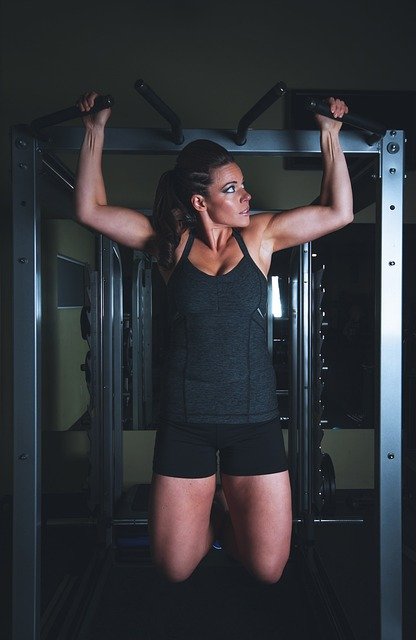
This Workout are often hailed as the king of upper body exercises for good reason. They engage a wide range of muscles and promote functional strength. Making them a valuable addition to any fitness routine. Here are some reasons why this Methods are important:
Full Upper Body Workout: This Workout Method target multiple muscle groups simultaneously. Including the back, shoulders, biceps, and forearms. They also engage the core, promoting overall upper body strength and stability.
Improved Posture: Regular pull-up training helps develop a strong back and shoulders. Which can improve posture and reduce the risk of back pain and injury.
Functional Strength: This Function mimic real-life movements. Such as climbing or pulling yourself up over an obstacle. By training with this workout, you enhance your functional strength, making daily activities easier.
Versatility: Pull-ups can be modified and progressed to suit different fitness levels. Whether you’re a beginner or an advanced athlete, pull-ups offer a scalable challenge.
Benefits of Pull-Ups: Why You Should Incorporate Them into Your Routine
If you’re still not convinced about the power of pull-ups. Let’s explore some of the incredible benefits they offer.
Increased Upper Body Strength: Pull-ups engage numerous muscle groups, including the last, rhomboids, biceps, and traps. As you progress with your pull-up training, you’ll notice substantial improvements. In your upper body strength, allowing you to perform everyday tasks with ease.
Muscle Definition and Sculpting: Pull-ups are fantastic for building lean muscle and sculpting your upper body. By consistently challenging your muscles through pull-up exercises. You can achieve a well-defined back, shoulders, and arms.
Improved Grip Strength: As you hold onto the pull-up bar, your grip strength is put to the test. Over time, regular pull-up training can significantly enhance your grip strength. Benefiting you in various activities that require a strong grip.
Enhanced Core Stability:

Pull-ups require you to engage your core muscles to maintain stability and control throughout the movement. As a result, your core strength and stability will improve. Helping you maintain better posture and stability in other exercises and daily activities.
Increased Metabolic Rate: Pull-ups are a compound exercise that recruits multiple muscle groups. By incorporating them into your workout routine, you can boost your metabolic rate. Leading to increased calorie burning and potentially aiding in weight management.
Improved Athletic Performance: Pull-ups contribute to overall functional strength, which can enhance your athletic performance. In sports that require upper body strength, such as rock climbing, gymnastics, and martial arts.
Time Efficiency: Pull-ups are a highly efficient exercise that can be performed quickly, allowing you to maximize your workout. Time and achieve great results even with limited time.
Versatile and Accessible: Pull-ups can be adapted to various fitness levels, making them accessible. To individuals at different stages of their fitness journey. Whether you’re a beginner or an advanced athlete, pull-ups can be modified to suit your needs and capabilities.
Now that you’re aware of the fantastic benefits of pull-ups, let’s explore how you can get started and progress towards mastering this exercise.
Getting Started: Preparing for Pull-Ups
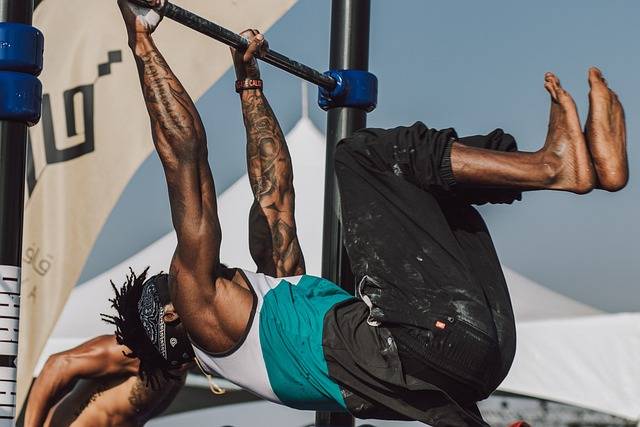
Before diving into pull-up training, it’s essential to establish a solid foundation. And prepare your body for the exercise. Follow these steps to get started:
Assess Your Current Fitness Level: Determine where you currently stand in terms of upper body strength. If you’re a beginner, you may need to work on building basic strength before attempting full pull-ups.
Strengthen Your Upper Body: Incorporate exercises that target the muscles used in pull-ups. Such as lat pulldowns, assisted pull-ups, inverted rows, and push-ups. Gradually increase the intensity and volume of these exercises to build strength.
Work on Your Grip Strength: Since grip strength is crucial for pull-ups, incorporate exercises that specifically target your forearms and grip. Such as farmer’s walks, wrist curls, and dead hangs.
Improve Core Stability: Strengthen your core muscles through exercises like planks. Russian twists, and hanging knee raises. A strong core will help you maintain proper form and stability during pull-ups.
Stretch and Mobilize: Perform dynamic stretches and mobility exercises for your shoulders. Wrists, and upper back to improve flexibility and range of motion. This will help prevent injuries and allow for better pull-up performance.
By following these preparation steps, you’ll set yourself up for success in your pull-up journey. Now, let’s move on to mastering the pull-up motion itself.
Also Read : https://newsstories.in/strength-training-unlock-your-inner-power/
Proper Form and Technique: Mastering the Pull-Up Motion
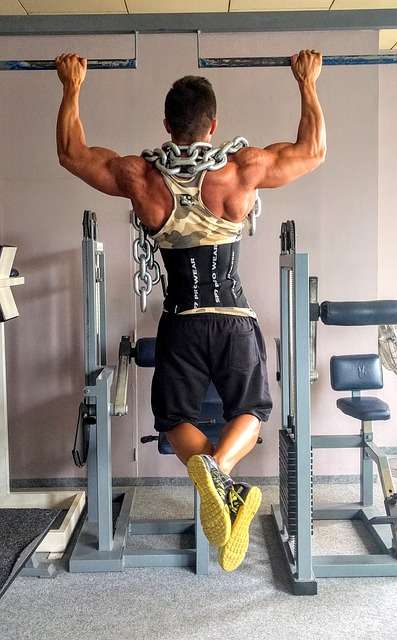
To perform pull-ups effectively and safely, it’s crucial to master the proper form and technique. Follow these steps to ensure you’re executing pull-ups correctly:
Grip the Bar: Position your hands slightly wider than shoulder-width apart, with palms facing away from you (overhand grip). Wrap your fingers around the bar, maintaining a firm grip.
Hang from the Bar: Hang from the bar with your arms fully extended, shoulders relaxed, and feet off the ground. To keep yourself stable, contract your abdominal muscles.
Initiate the Pull: Squeeze your shoulder blades together, and pull your body upward by driving your elbows down and back. Instead of focusing exclusively on your arms, concentrate on using your back muscles.
Chin Above the Bar: Continue pulling until your chin clears the bar, and your chest is close to touching it. Maintain control and avoid using excessive momentum.
Lower with Control: Slowly lower your body back to the starting position, fully extending your arms. And maintaining control throughout the descent.
Breathe Properly: Inhale as you lower yourself down, and exhale as you pull your body up. Keep your breathing calm and even throughout the activity.
Proper form is essential for maximizing the benefits of pull-ups and minimizing the risk of injury. Practice these steps with attention to detail, focusing on executing each rep with precision. As you become comfortable with the basic pull-up motion, you can progress to more advanced variations.
Essential Equipment for Pull-Up Training
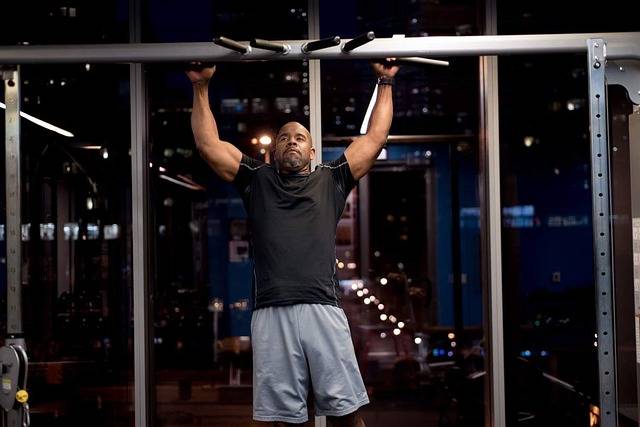
To perform pull-ups effectively, you’ll need some essential equipment. Here’s a rundown of the items that will enhance your pull-up training experience.
Pull-Up Bar: Invest in a sturdy pull-up bar that can be mounted on a doorframe, ceiling, or wall. Choose a bar that can support your weight and provides a comfortable grip.
Assistance Bands: Resistance bands can be used to assist you in performing pull-ups if you’re unable to do them unassisted. They provide support by reducing the weight you have to lift, allowing you to gradually build strength.
Weighted Vest or Belt: As you progress and master regular pull-ups, adding additional weight can further challenge your muscles. A weighted vest or belt allows you to safely increase resistance and continue progressing.
Gymnastics Rings: Rings offer an alternative to traditional pull-up bars and provide a more challenging grip. They can be hung from a sturdy support structure and offer a greater range of motion.
Gloves or Chalk: Depending on your preference, gloves can provide extra grip and comfort during pull-ups. Chalk can also enhance your grip by reducing moisture on your hands.
Foam Roller: A foam roller is useful for self-myofascial release, helping to alleviate muscle tension and improve flexibility before and after your pull-up workouts.
Remember, while having equipment can enhance your pull-up training. It’s also possible to perform variations of pull-ups using minimal equipment or even your bodyweight alone. Adapt your training to the resources available to you.
Progressive Training: Building Strength for Pull-Ups

Building strength for pull-ups requires a progressive approach. Follow these training strategies to steadily increase your pull-up abilities:
Negatives: Start with negative pull-ups, where you focus on the lowering (eccentric) phase of the exercise. Jump or use assistance to reach the top position, then slowly lower yourself down, emphasizing control and engaging your muscles.
Assisted Pull-Ups: Use assistance bands or an assisted pull-up machine to reduce the weight you have to lift. As you gain strength, gradually lessen the assistance.
Greasing the Groove: Incorporate frequent, submaximal sets of Workout throughout the day. Perform a few reps, leaving a few in the tank, and repeat several times. This method helps train your nervous system and builds endurance.
Progressive Overload: Continuously challenge your muscles by gradually increasing the difficulty of your Exercise. This can be done by reducing assistance, adding weight, or progressing to more advanced variations.
Pyramid Sets: Perform sets of Workout in a pyramid structure, starting with a low number of reps. Gradually increasing to a peak, and then decreasing back down. For example, 1-2-3-4-3-2-1 reps with brief rest periods in between.
Isometric Holds: Incorporate isometric holds at various positions of the pull-up. Pause at the top, halfway point, and other angles to strengthen specific portions of the exercise.
Consistency, patience, and gradual progression are key. When it comes to building strength for workout. Stay committed to your training plan, and you’ll soon see improvements in your pull-up performance.
Advanced Pull-Up Variations: Taking Your Skills to the Next Level
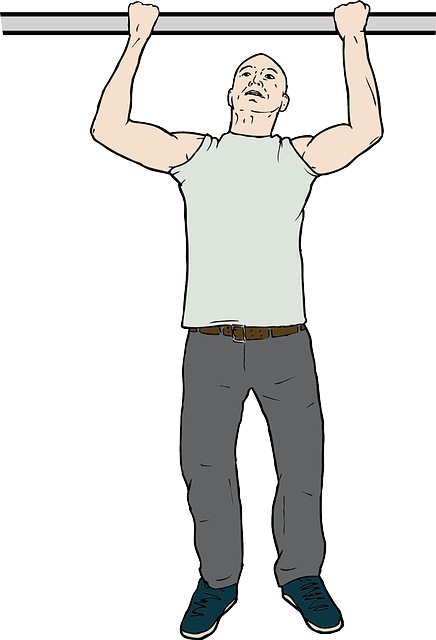
Once you’ve mastered the basic pull-up, it’s time to explore advanced variations. That challenge your muscles in different ways. Here are some advanced pull-up variations to add to your training routine.
Wide-Grip Pull-Ups: Place your hands wider than shoulder-width apart on the bar. This variation targets your lats and emphasizes upper back strength.
Close-Grip Pull-Ups: Bring your hands closer together, with your palms facing you (underhand grip). This variation shifts the focus to your biceps and provides an excellent arm workout.
Commando Pull-Ups: Perform this Exercise while alternating your grip on each rep. Start with one hand in a pronated (overhand) grip and the other in a supinated (underhand) grip. This variation engages multiple muscle groups and challenges your coordination.
L-Sit Pull-Ups: Raise your legs straight out in front of you, forming an L-shape with your body, while performing Workout. This variation targets your abs, hip flexors, and forearms, adding an extra challenge to the exercise.
Muscle-Ups: Begin with a Exercise and transition into a dip, bringing your chest above the bar. This advanced movement combines upper body pulling and pushing strength, requiring coordination and explosive power.
Weighted Pull-Ups: Add additional weight using a weighted vest, belt. Or holding a dumbbell between your feet or thighs. Start with a manageable weight and gradually increase as you become stronger.
Remember to prioritize proper form and gradually progress to advanced variations. It’s essential to listen to your body and not push beyond your capabilities, as this can increase the risk of injury.
Frequently Asked Questions (FAQs)

Here are some common questions about this Workout, along with their answers:
Can pull-ups be challenging for beginners?
Absolutely! Workout require upper body strength, so they can be challenging for beginners. However, with proper training and progression, anyone can work towards performing Workout.
How long does it take to do a full pull-up?
The time it takes to do a full pull-up varies from person to person. It depends on individual strength, fitness level, and consistency in training. With regular practice, most individuals can achieve their first pull-up within a few months.
Are assisted pull-up machines effective?
Assisted pull-up machines can be an effective tool for building strength and progressing towards unassisted workout. They allow you to adjust the level of assistance and gradually decrease it as you get stronger.
Can women do pull-ups?
Absolutely! Women can perform this workout just as men can. While women tend to have less upper body strength on average. With consistent training, they can build the necessary strength to do Exercise.
Can pull-ups help with weight loss?
The compound exercise known as pull-ups works several different muscular groups. As part of a well-rounded fitness routine, including a calorie-controlled diet. Pull-ups can contribute to weight loss by increasing muscle mass and boosting metabolism.
How many pull-ups should I do in a workout?
The number of pull-ups you should do in a workout depends on your fitness level and goals. Start with a number that challenges you but allows you to maintain proper form. The volume should be gradually increased as you gain strength.
Conclusion

Pull-ups are an incredible exercise that offers numerous benefits, including increased upper body strength, muscle definition. Improved grip strength, enhanced core stability, and improved athletic performance. By following the steps outlined in this guide, you can develop the necessary strength and technique to master pull-ups.
Remember to start with proper preparation, focusing on building strength in your upper body and grip. Improving core stability, and mobilizing your joints. Once you have established a strong foundation, progress to mastering the pull-up motion with correct form and technique.
Equip yourself with the essential equipment, such as a sturdy pull-up bar, assistance bands. And weighted vests, to enhance your pull-up training experience. Explore advanced variations as you become more proficient. Challenging your muscles in new ways and taking your skills to the next level.
Incorporate progressive training strategies, such as negatives, assisted pull-ups, greasing the groove. And progressive overload, to steadily increase your pull-up abilities. Be consistent, patient, and focused on gradual progression.
If you have any questions about pull-ups, refer to the frequently asked questions section for answers to common queries. Remember to listen to your body, prioritize proper form, and avoid pushing beyond your capabilities to prevent injuries.
In conclusion, pull-ups are a versatile and effective exercise that can be adapted to different fitness levels and goals. With dedication, perseverance, and a structured training plan. You can conquer this workout method and reap the rewards of improved strength and physical fitness.
<< Previous Post
https://newsstories.in/shoulder-press-machine-revolutionize-your-shoulder-workout/
>> Next Post
https://newsstories.in/the-squat-unleashing-the-power-within/




